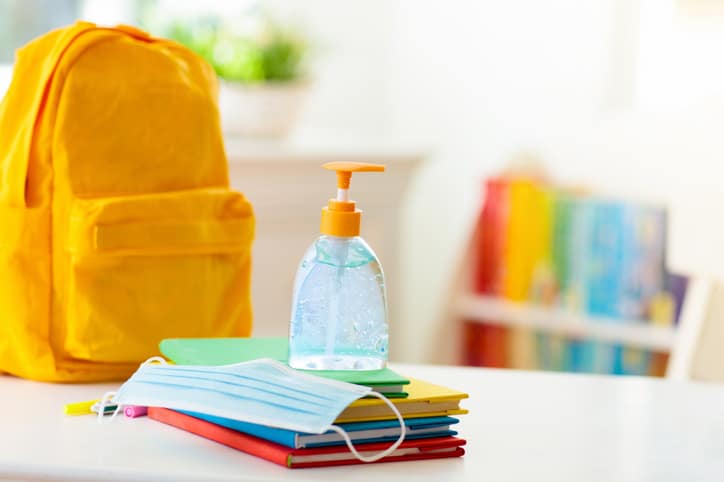School’s Out Forever? Teachers Unions Flex Muscle on Reopening Policies

Photo Credit: Getty
 What determines whether your child school is open this fall? Apparently, the strength of the teachers local union. That was what analysts found using data on school openings and the relative strength of those school districts’ unions.
What determines whether your child school is open this fall? Apparently, the strength of the teachers local union. That was what analysts found using data on school openings and the relative strength of those school districts’ unions.
Corey A. DeAngelis, director of school choice at free market Reason Foundation, and Christos A. Makridis, assistant research professor at Arizona State University, based their findings on reporting from the trade publication Education Week. They found that every percentage point of teacher union membership at the state level corresponded with a 1.5 percent point lower chance that a school district would offer in-person instruction this fall. States that had right-to-work laws, which are associated with weaker unions, were 14 percent more likely to offer in-person classes than states that didn’t have the laws.
For example, non-right to work New York, which has an overall unionization rate of 24 percent, is not opening any of its 21 school districts to in-person instruction. By contrast, right-to-work Florida, which has a unionization rate of 6.8 percent, will have 80 percent of its districts open.
“These results are remarkably consistent across various analytic models and even after controlling for differences in county demographics, including age, gender, marital status, race, population, education, political affiliation, household income and COVID-19 cases and deaths per capita,” DeAngelis and Makridis noted in an op-ed for the New York Post.
Teacher’s unions have been adamant about not reopening schools until they are as safe as possible. The unions argue they are just trying to protect their members and their students. Fair enough. Sticking up for its members is what a union is supposed to do, after all. They are not the ones involved in this equation, though. Parents, children, and taxpayers are too. Let’s hope their voices carry weight too.